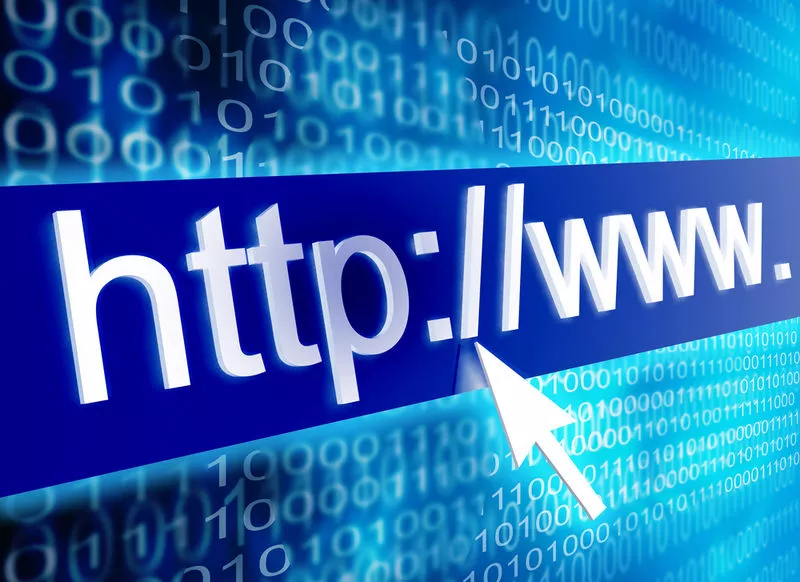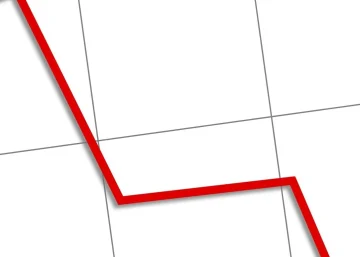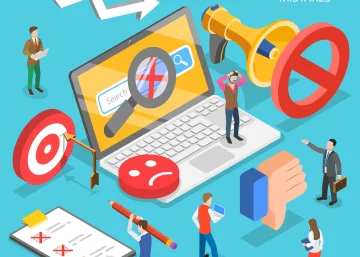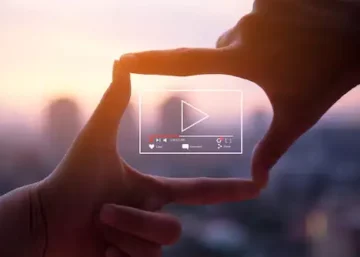On-page SEO has become a crucial part of the web. With search engines such as Google becoming the natural starting point for most internet searches, the ranking of your pages can impact how many people will visit your site. That is why having good on-page website optimization is highly important.
So, to ensure that you stay on top, we will be offering the most vital tips in our on-page SEO checklist for you to start with.
What is On-Page SEO?
Generally, on-page SEO refers to the actions that you can take to help optimize the various web pages on your site. By doing so, search engines will make it much easier for your page to be discovered.
Having this type of optimization on your website is what will help drive users to you because while you may be good at laying all the groundwork and writing strong blog posts, without applying the right on-page SEO strategy, most people will be unable to find your page.

In many ways, you should think of on-page optimization as your site providing little clues about what it’s about. So, if you write a post about a specific topic, a search engine should easily know that is what the page is about. By providing these clues, your site will show up as one of the top results rather than languishing in the last pages of Google, where nobody ever goes.
Elements of On-Page SEO to Start With
Optimize Your Meta Tags
If you are new to the world of on-page website optimization, then you may not have heard of meta tags. These tags are snippets that have been built into a page that helps to describe its content. Though there are several meta tags, we highly suggest that you keep a close eye on the description tag.
This tag is usually between 150-160 characters. It is displayed by Google to users once they search for content. So, you must keep this tag keyword rich and engaging.
Add the Right SEO Keywords to the Pages
We always include this tip in our on-page SEO checklist as it is one of the easiest ways to boost your page’s ranking. Keywords are generally words or phrases that users are likely to search for about a service that you are offering.
So, a user interested in child therapy may search, “child therapist near me.” Someone looking to buy airline tickets will likely search for the phrase “airline tickets from A to B”. As search engines will always try to match a user’s search to a page’s content, websites that have the keyword are likely to rank higher.

Our main suggestion before creating your content is to research the most popular keywords related to your content. Once you are aware of these keywords, you can simply add them to your page. So, the next time somebody searches for that phrase, there is a good chance that your website will show up as one of the top results.
Use SEO Friendly URLs
SEO-friendly URLs are essentially URLs that have been crafted with your users in mind. There are many ways to ensure that your URL is user-friendly, such as including keywords, using hyphens, and keeping your URLs short and sweet. By following these tips, it will be much easier for search engines to analyze your URL to see if the content is going to be relevant to users.
Include Social Sharing Buttons
Social sharing is often ignored in SEO. But it is a great way to make your site look more credible. This can be important for those, whose interesting blog posts have the potential to be shared multiple times on social channels. As more links to your site are generated linking back to your website, search engines are more likely to suggest it to users when searching for something related.
If you are interested in including social sharing buttons, then we suggest sticking to the following guide:
- Put your buttons at the top and bottom of your content
- Only use on relevant pages
- Add more share buttons for specific content e.g., Pinterest share for images
Include Multimedia in Site Pages
Images and videos are often overlooked when optimizing pages and this is mostly because a lot of the focus placed on SEO is textual. However, over 20% of web searches carried out in 2018 originated from Google Images. This is a large number of potential visitors that you can access by adding images or videos to your web pages.

However, adding pictures to your site is only half of the way there. To take full advantage of using multimedia as part of SEO, you need to ensure that all your images and videos are fully optimized for search engines. There are several ways to do this, including:
- Adding captions to your images
- Optimizing your alt text in cases where the image may not be available
- Using meaningful file names
Write Unique & High-Quality Content
The phrase, “content is king,” is often used when talking about an effective on-page SEO strategy. Essentially, this means that although you may have optimized keywords and URLs and included the right buttons, your content must still be relevant for your page to be rated highly.
Many factors can be used to judge the quality of your page. However, having unique content can be one of the main drivers that will push you towards a higher ranking. This is because search engines will always rate unique content higher than pages filled with duplicate information.
Provide Relevant Internal Links
Connecting your pages is one of the most important aspects of on-page SEO strategy as it gives search engines a good idea of the structure of your website.

Additionally, it allows you to give more important pages more value and visibility than others. The most common way of setting up this hierarchy is by using anchor text, which refers to the clickable links that you find on various web pages.
The Benefits Of On-Page SEO
The benefits of on-page SEO cannot be overstated. In addition to having a higher page ranking, it also increases organic traffic. If you are interested in improving your on-page indicators, you can now try to take the first steps in this direction yourself. You can also take advantage of the help of professionals and their on-page SEO services.
In any event, on-page optimization is worth your attention, since this can be the weak point of your strategy and you can turn it into your trump card.







